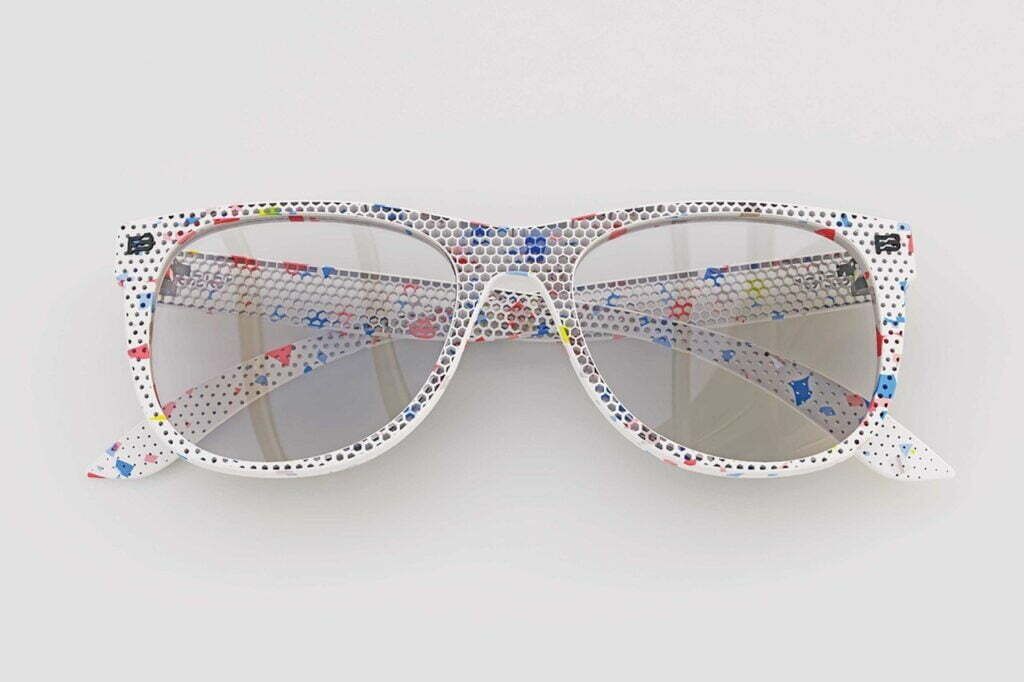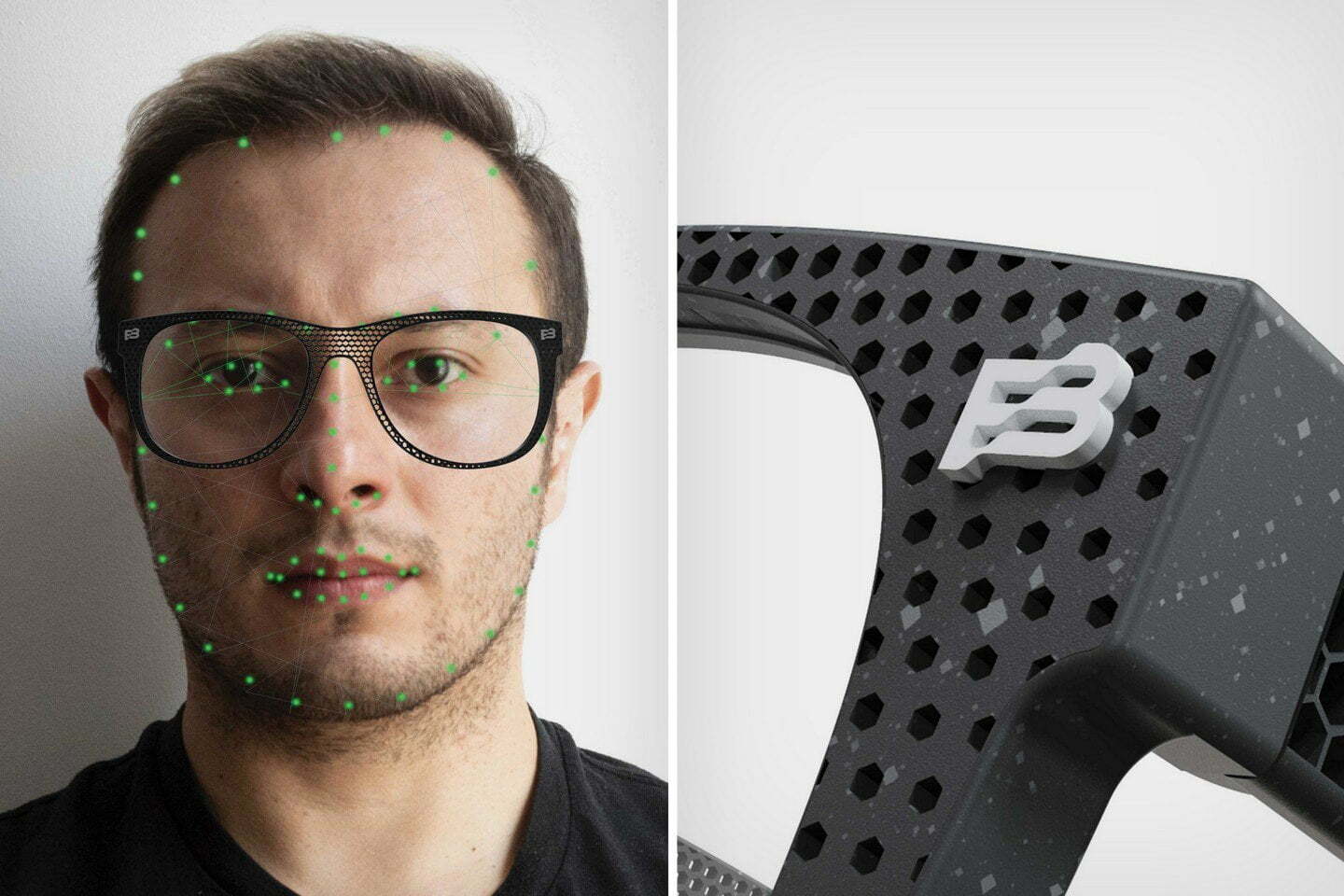We are in 2022, yet finding the right pair of glasses is still a difficult and dated process. You have to try on every single pair until you find the right one, which more or less looks nice. Then, generally, one remains in doubt whether another frame would have been more beautiful.
Bezier is trying to change this with a solution based on algorithmic scanning and (finally an application with truly mainstream potential!) generative design.
For the uninitiated:
Il generative design it is a type of design that focuses on generating new ideas or solutions. It often makes use of algorithms to create new designs, which can then be evaluated and refined. A process that allows for a greater variety of options and possibilities, as well as greater efficiency and accuracy. In other words, goals are set, an algorithm creates models, the human brain perfects them: an example of "collaboration" between man and machine which has already produced interesting results, in product design and beyond.

How the Bezier “perfect glasses” work
From a simple video of our face, Bezier creates a 3D face map. It will allow him to obtain the characteristics necessary to generate frames that perfectly respect the measurements of a face, its harmony and the position of the eyes. 3D printed glasses with a perfect fit, because they are designed like a tailored suit.
Aside from that, I also find the design itself interesting and quirky. It not only has the quality of giving strength to everything, but with less weight. The frames are equipped with a hollow hexagonal lattice which gives them an amazing effect: they appear transparent in the center and opaque on the sides. An effect that allows the glasses to change appearance depending on the point of observation.

If you are interested in learning more about the Bezier concept (they are not for sale), take a look at the details of the project on this page by designer Alfredo Mendez, and you love it.


